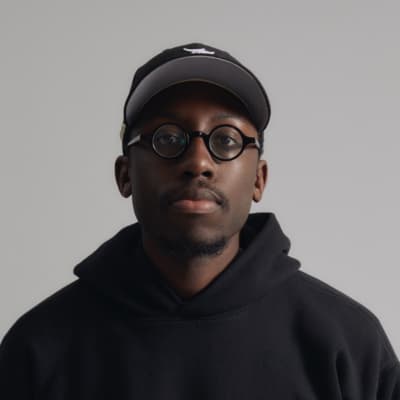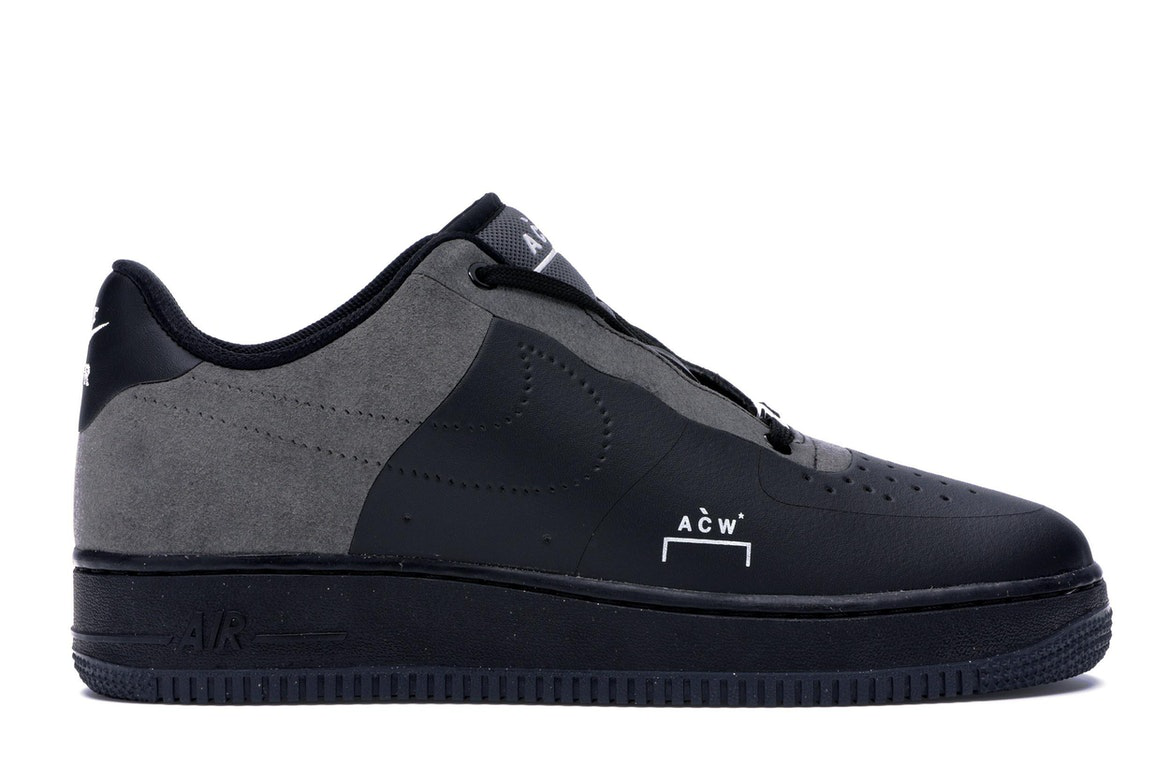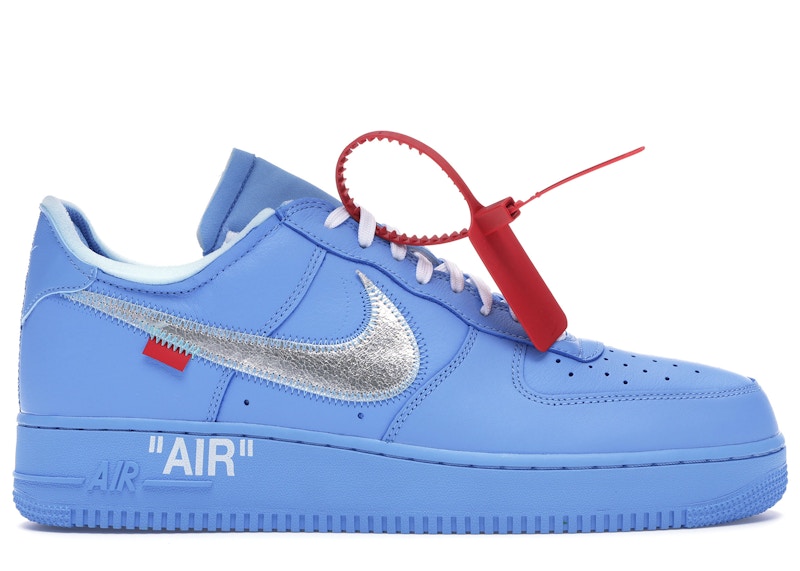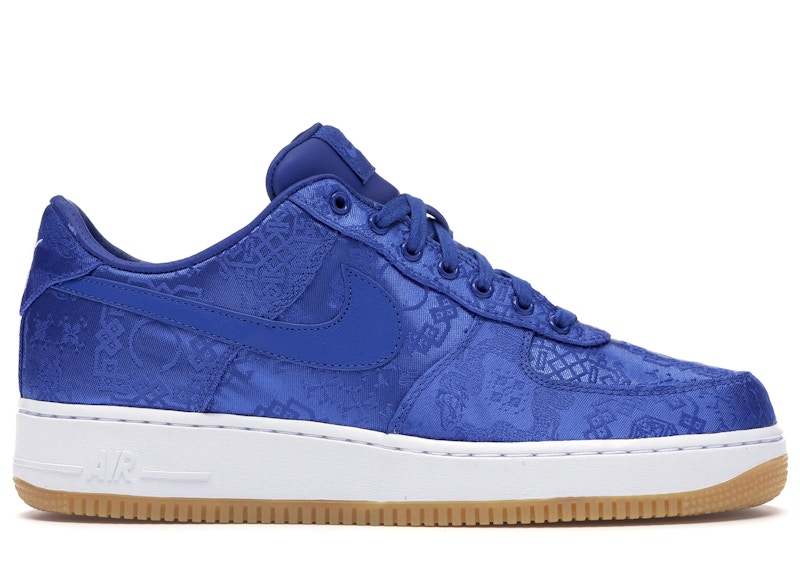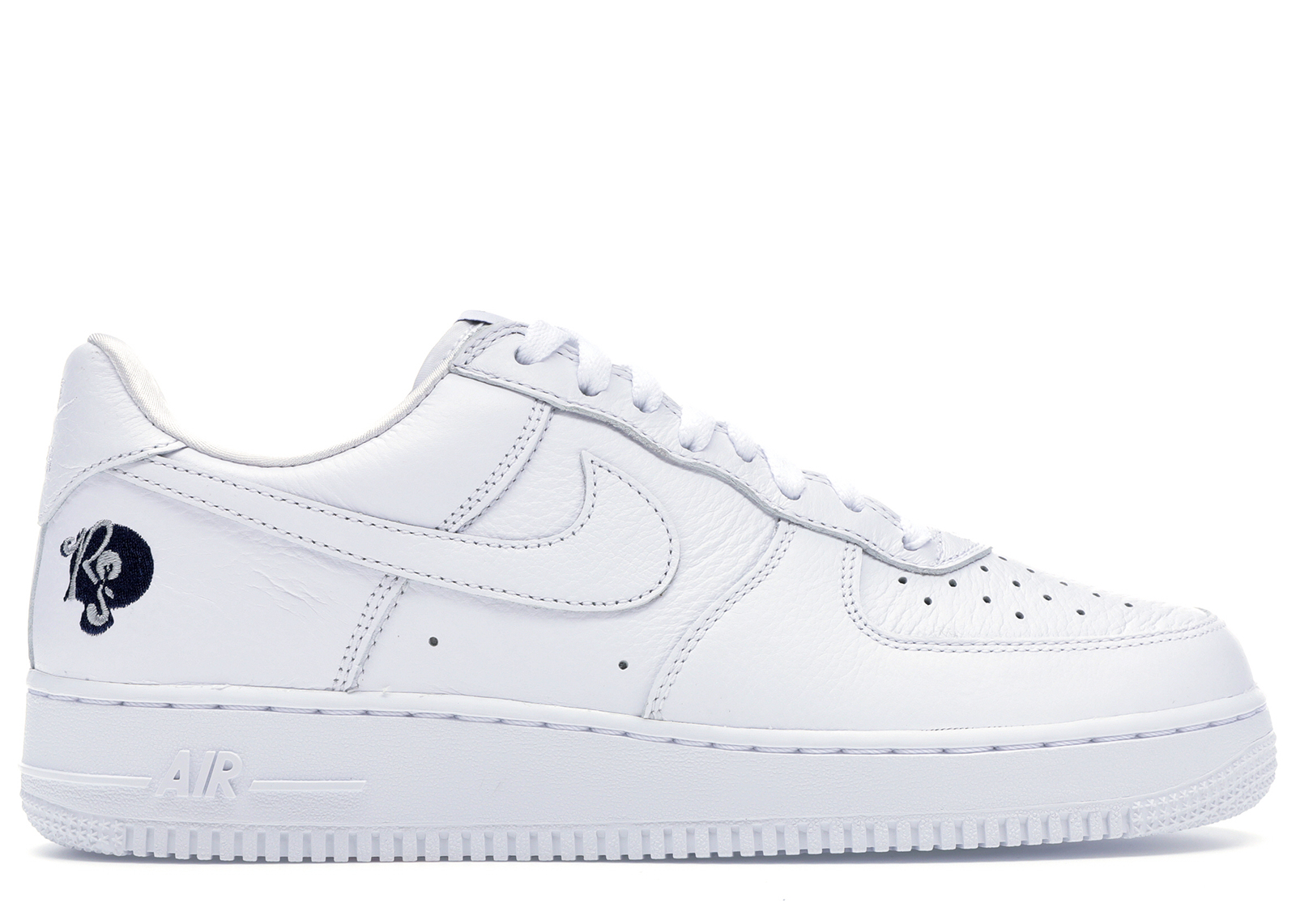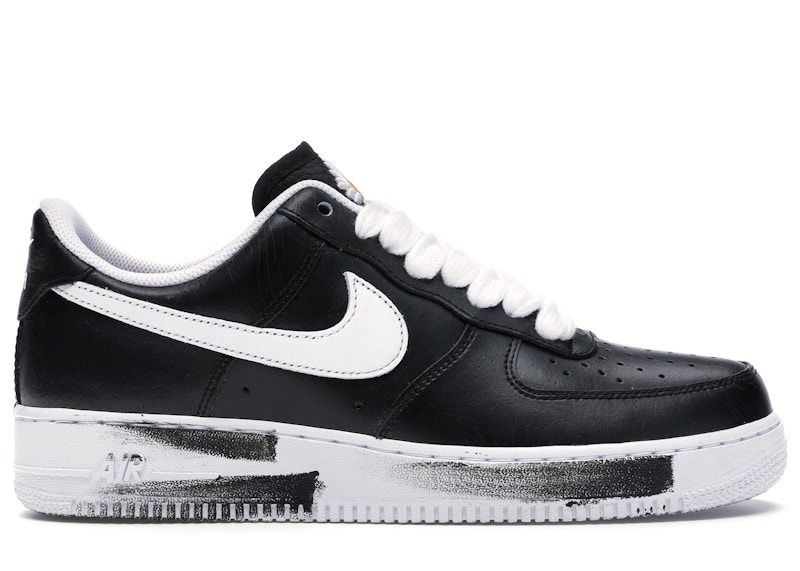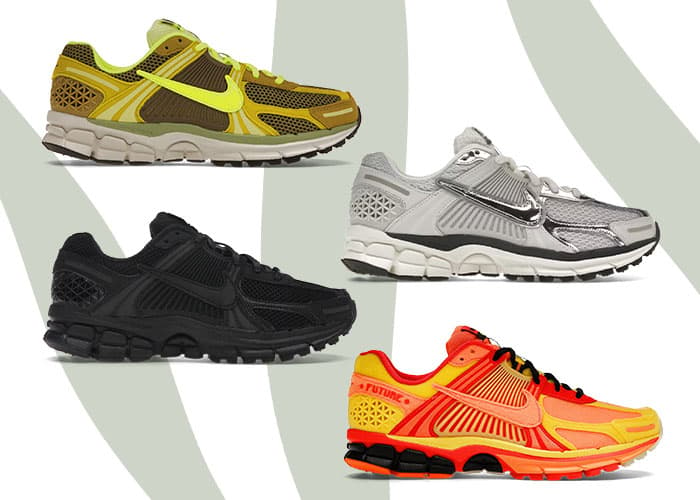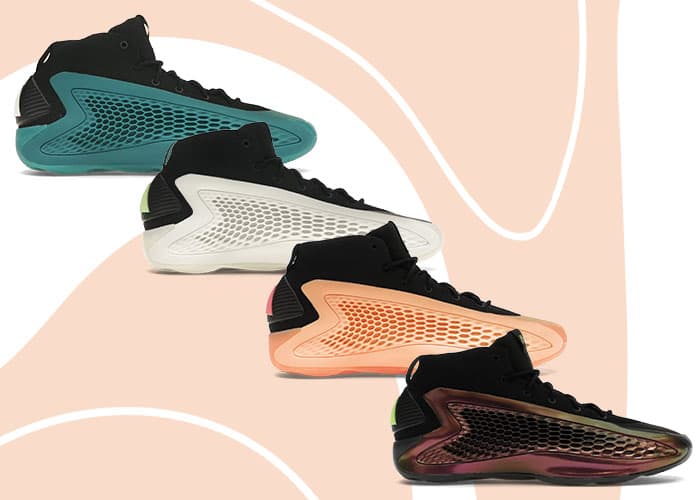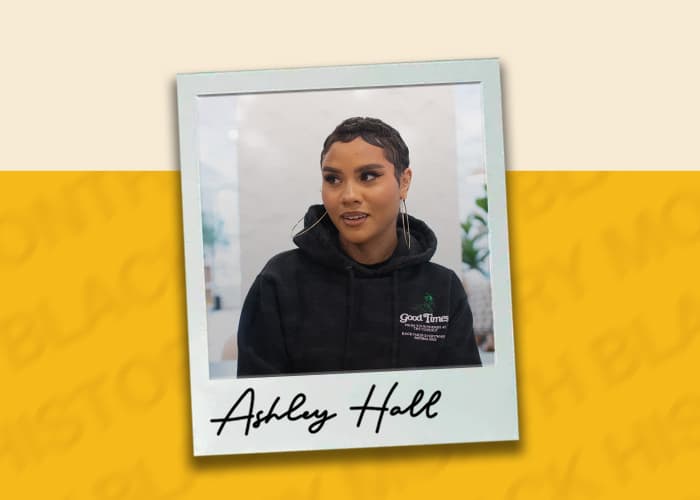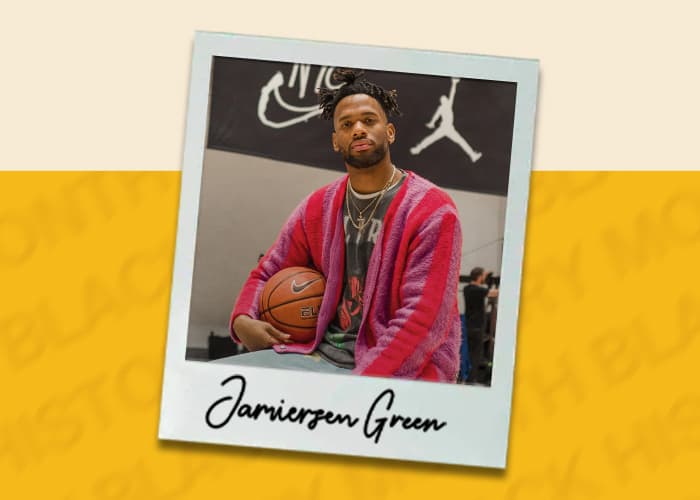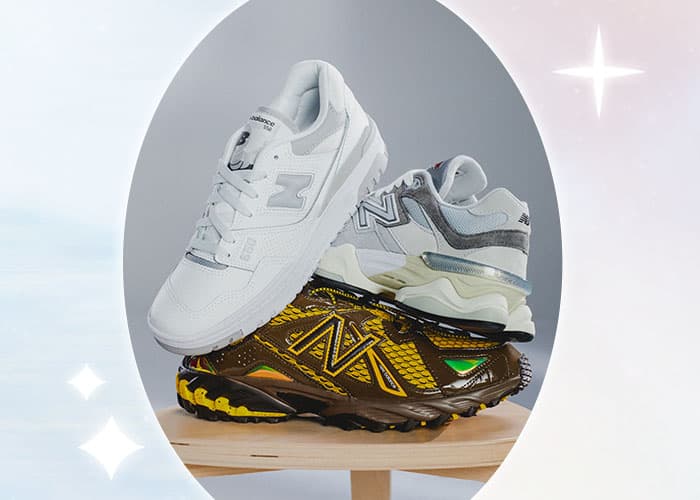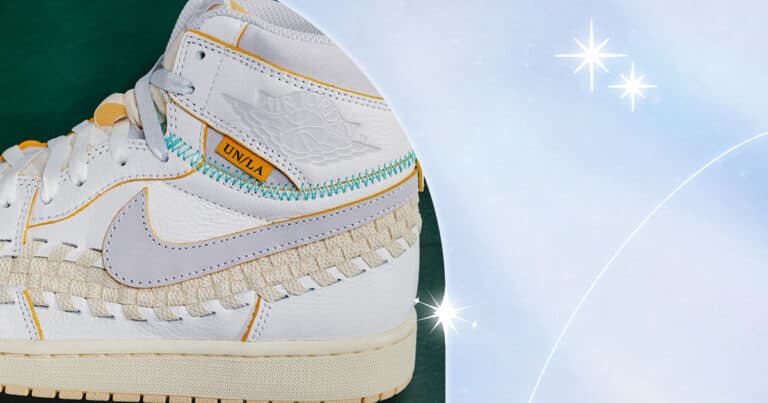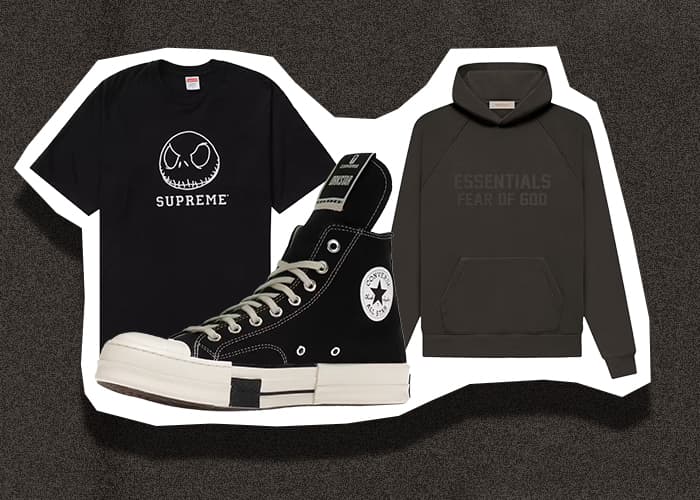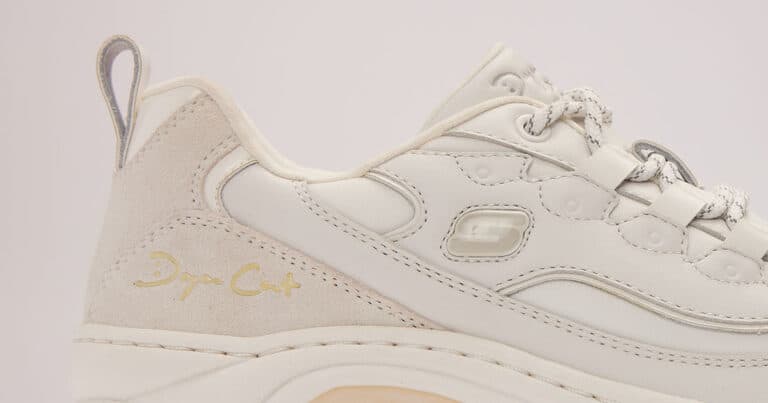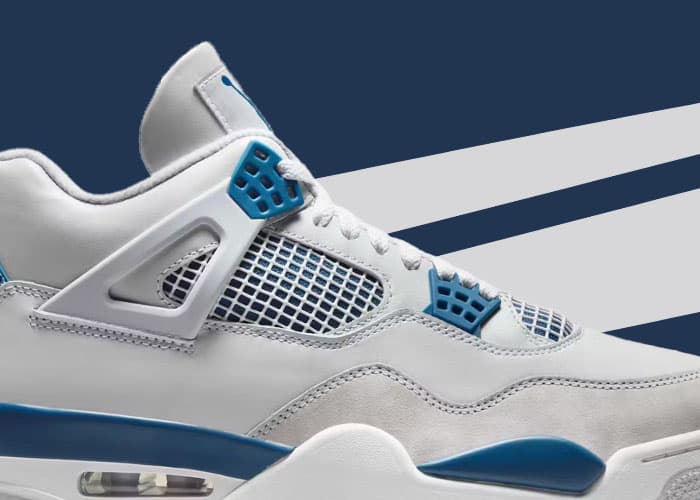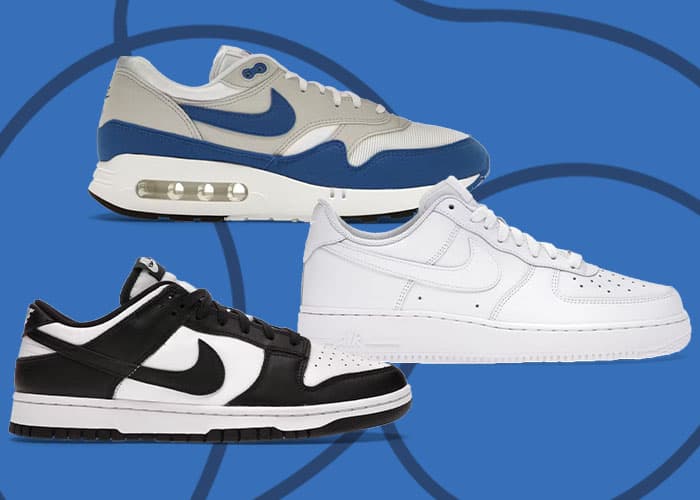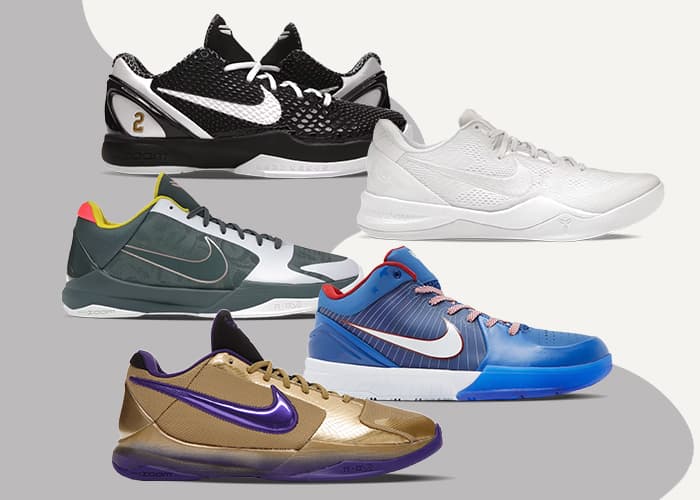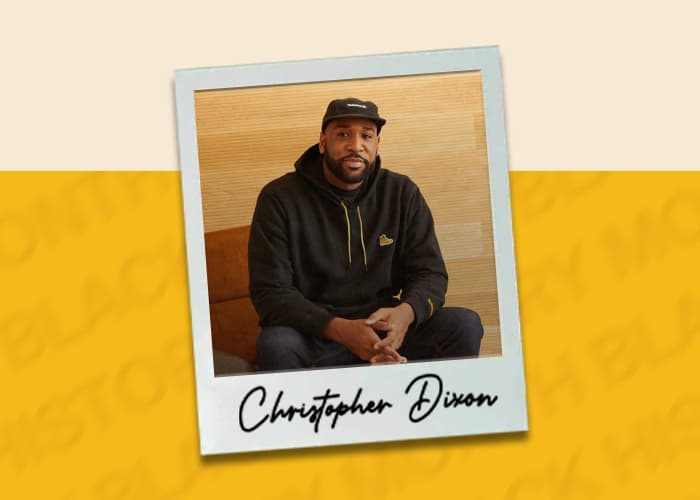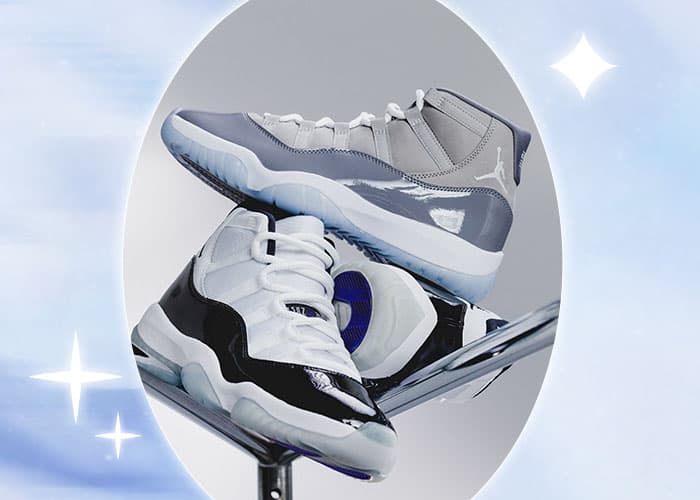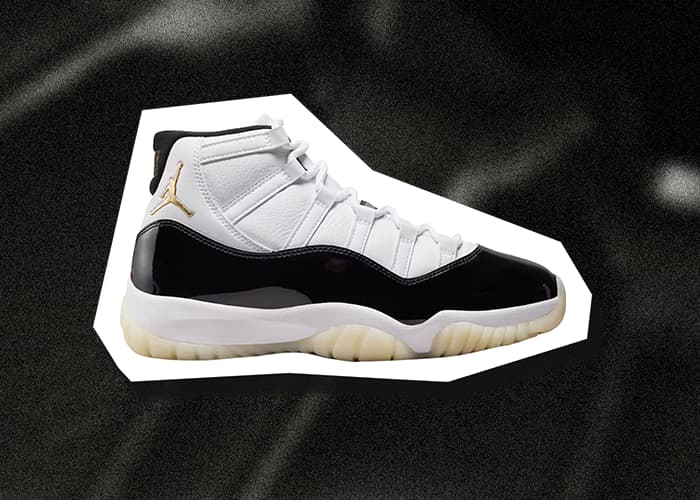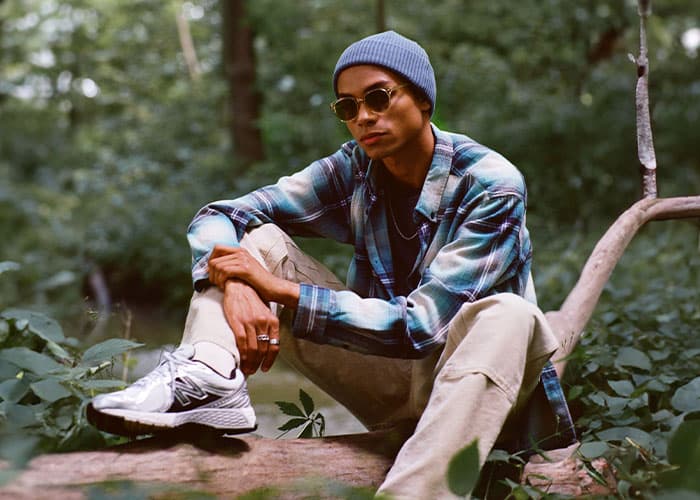We live in a time of hyper globalization where trends move as fast as an Instagram post can go viral, but before the democratization of the internet sneaker communities were localized and trends were born in cities, slowly developing over time. We’re taking a look at how particular sneaker models were embraced by smaller pockets in particular cities, and how that shaped how the shoe developed in its early life.
If you’re from New York City, then Air Force 1s probably mean something special to you. It’s as quintessential to New York as pizza, local corner stores, and the crowded subway. In New York, the shoes are synonymous with “fresh” and “clean.” And keeping them in immaculate condition is a priority, as owners can be found equipped with a toothbrush, baking soda, and water to get rid of any marks acquired from the dirty streets. But just what has made this shoe the poster child for freshness? In a city where so many cultures are blended why have New Yorkers all crowned this one low cut white sneaker as their footwear of choice? To understand that, we have to look at where it has been and how the shoe is looked at today.
Running is embedded into Nike’s identity. Since founders Phil Knight and Bill Bowerman first developed their famous waffle soled sneaker in the 1960s, Nike has been ubiquitously known as the purveyor of groundbreaking running sneakers. But to achieve even further expansion, the founders knew they had to widen their product line to other forms of sport. Designers at the Swoosh introduced the Nike Blazer in 1973 as their first leap into basketball wear. The shoe was praised for its high-top build, and was the perfect piece of footwear for 1970s basketball legend George “Ice Man” Gervin, who endorsed the shoe at the time. Despite the Blazer’s success, Nike’s consistent need for innovation pushed them to further develop the next best basketball sneaker.
In 1982, Nike designer Bruce Kilgore introduced the Air Force 1 as that next best basketball sneaker and it was an instant hit. The shoe was admired by many for its sturdy construction and was the first basketball sneaker to feature the signature Air Unit insole technology introduced by the Tailwind. The functionality of the Air Force 1 was a prime selling point for the model, as the sneaker assisted NBA superstar Moses Malone and the Philadelphia 76ers to their first NBA title. Attaching itself with an NBA All-Star, paired with novel features, Nike had a successful sneaker on their hands with the Air Force 1. But the same thing that keeps Nike at the top of their game could’ve been the demise of their most popular sneaker of all time.
As Nike continued to push the limits of what a basketball shoe could do, they had every intention of ceasing production on the Air Force 1 with the introduction of a new model. But the Air Force 1 had become well-established amongst the greater public, so fans of the shoe wouldn’t let the Air Force 1 get discarded quietly. Customers would come into shops asking for the Air Force 1 even past its initial run in 1982 and store owners took note, echoing the sentiment back to the Swoosh. Thanks to a set of East Coast retailers that negotiated with Nike to introduce the shoe in limited colorways, the Air Force 1 remained on the shelves and was in demand more than ever. Maryland, Philadelphia, and New York were the pioneering states to house these limited edition AF1 colorways and brought demand to the local stores, cementing these areas as popular stops for the sneakers. Lovers of the Air Force 1 would travel from all over the country to these selected states just to get their hands on exclusive colorways. In an interview with Nike, Air Force 1 aficionado DJ Clark Kent stated, “When we found out where they were, we went”, speaking on the urge to possess these coveted colorways. This drive and admiration set the groundwork for the Air Force 1 becoming the coveted sneaker it is today.
In New York, the Air Force 1 was having its own shining moment in the streets. To those in Harlem, a northern section of Manhattan, the sneaker was regarded as premium streetball footwear. The Air Force 1 brought panache and comfort to the court outside of the typical Converse and Pro-Keds that were dominating the market at the time. And thanks to the intertwining of hip-hop and basketball, the sneaker was getting its credibility off the court as well, as rappers took note of the shoes worn by their favorite streetball players, adopting that style. Harlem soon marked the shoe as a vital element to streetwear fashion, and making areas like Harlem the sole location of the newest and freshest Air Force 1s. The shoe soon adopted the name “Uptowns” as it became more known around the City that uptown New York was the only place to retrieve the coveted Air Force 1.
As sneakers were gaining more street cred, original NYC ballers, like Bobbito Garcia, were models for giving footwear the platform they deserved. Garcia is one of the first street players to rock the Air Force 1 during game time and help bring the sneaker to the forefront of basketball and streetwear. He’s considered by many to be the first publicly acknowledged sneakerhead, and wrote the first ever article that we know about sneakerheadness. “There’s always been that connection between hip-hop, basketball, and New York” says Garcia during an interview with Nike, discussing the Air Force 1’s connection to music and sports. “The guys who were in hip-hop loved basketball and a lot of them played ball… and the styles were so intertwined; they meshed”
As hip-hop became more mainstream, the Air Force 1 came along with it. Soon, the Air Force 1 was infiltrating pop culture as popular New York MCs name-dropped the sneaker in top charting songs. Hip-hop legend and Brooklyn native Jay-Z is an avid supporter of the Air Force 1, adding the sneaker into his lyrics and having his own signature collaboration with the famed shoe. With the influential power of rappers donning these basketball sneakers, the public gravitated to the Air Force 1s to dress in similar fashion. From there, if you wanted to be cool in the New York streets than the Air Force 1 needed to be on your feet.
Today, you can find New Yorkers of all walks of life, baller or not, wearing the Air Force 1. The sneaker that was almost cut from production in the 1980s is a shoe running over thirty years strong and widely available around the world. The Air Force 1 has evolved from its hard court NYC streetball setting, and is now making appearances on fashion runways, as high-end designers, such as Louis Vuitton’s Creative Director Virgil Abloh and A-Cold-Wall’s Samuel Ross, have elevated the sneaker into an extremely lux product. Even though the sneaker is so popular in sneaker and streetwear culture, New Yorkers still claim the Air Force 1 as the city’s sneaker. With the help of New York rappers and basketball athletes, Nike’s Air Force 1 lives on as the city’s staple piece of footwear.



